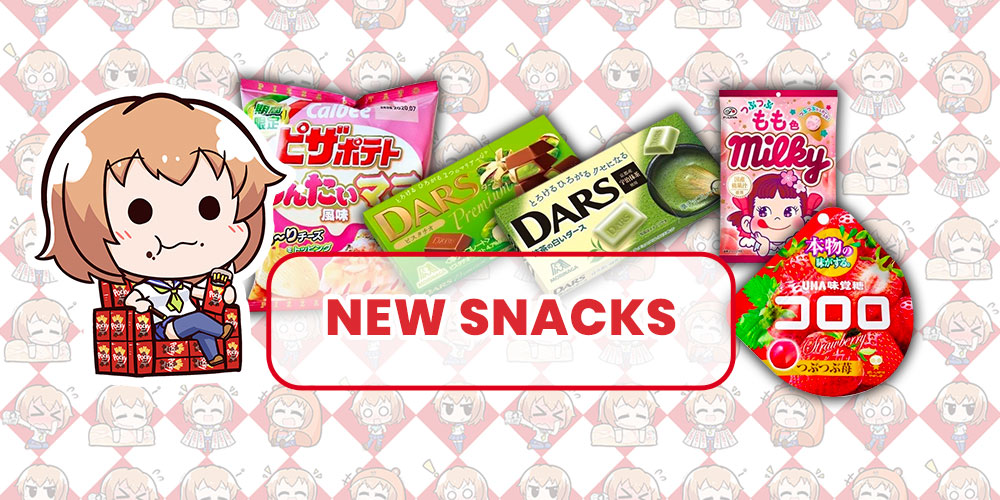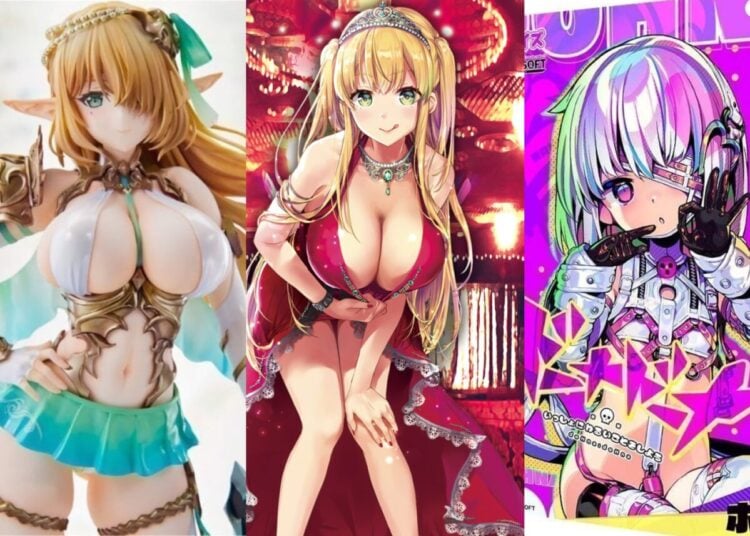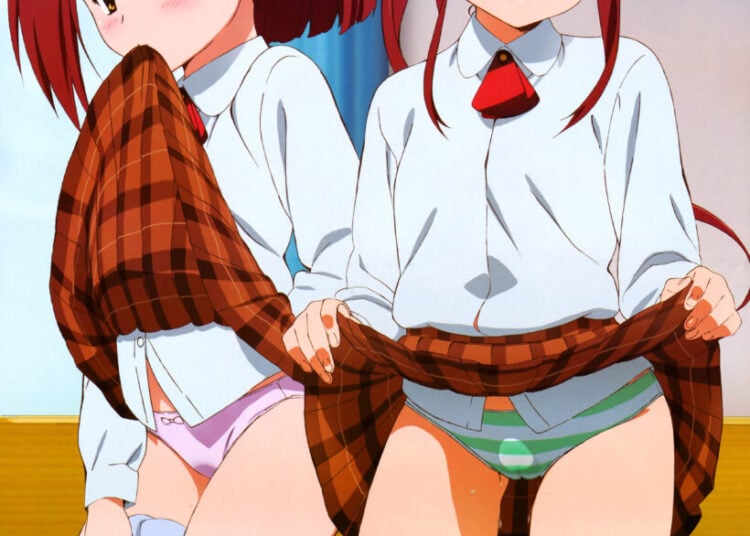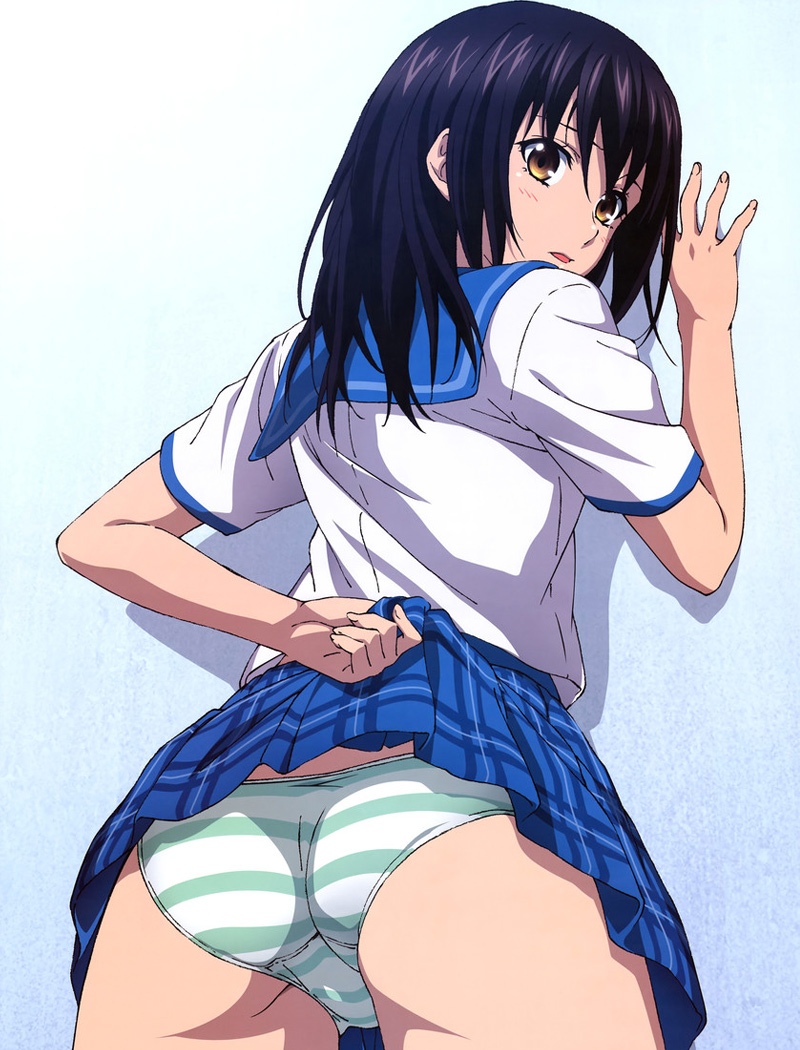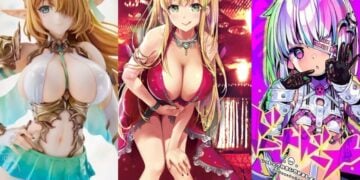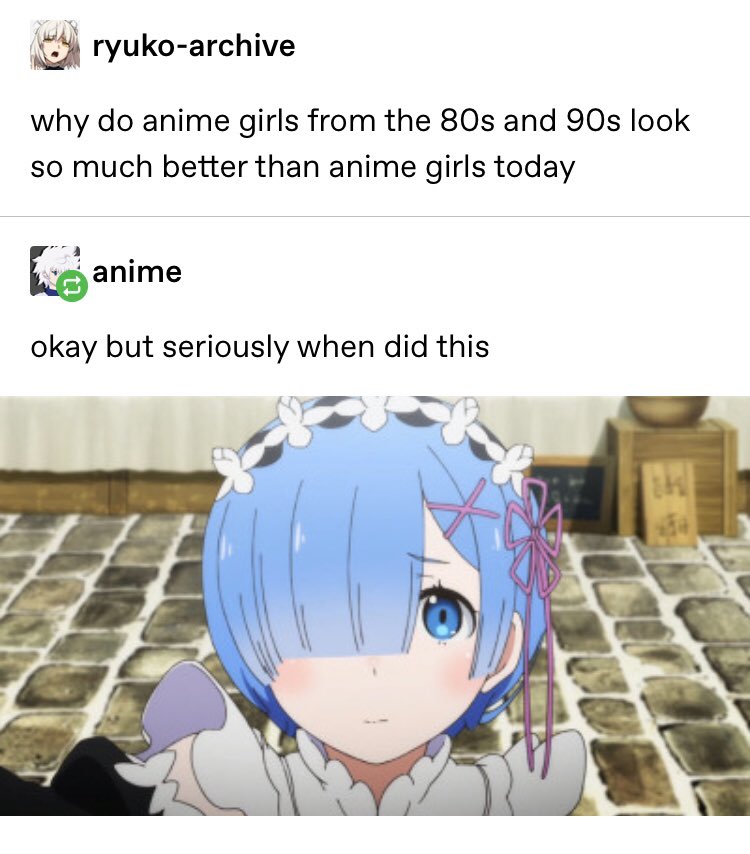
One topic that’s fun to explore is why some fans perceive “classic” anime girls from the 80s or 90s (or whatever era they happened to become anime fans in) as “better” than anime characters from today, perhaps because of the nostalgia factor or perhaps they don’t like modern anime character designs. Let’s have some fun exploring which era of anime characters is the best, as usual with the help of our amazing Twitter followers!
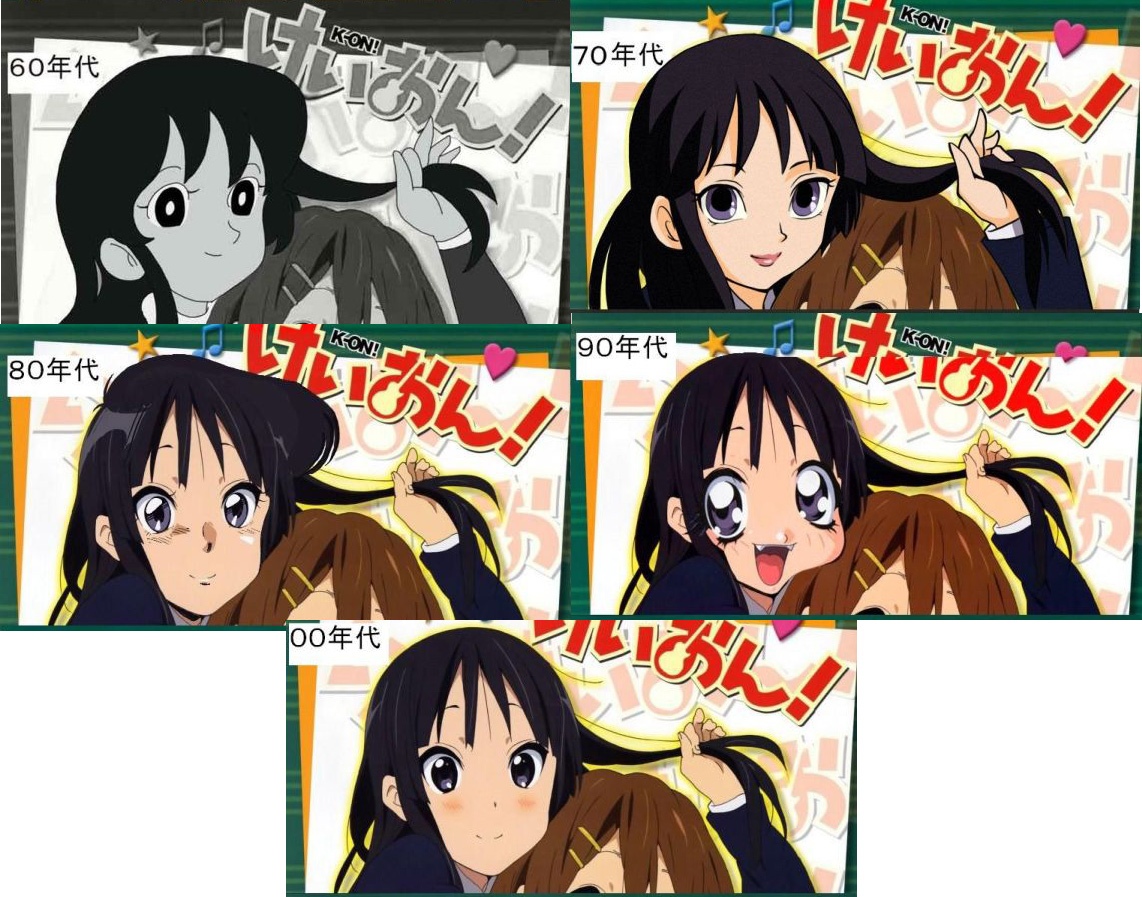
Features of 80s Anime Characters
Let’s begin with the 80s analyzing some of the tropes that were popular at the time, both visually and internally, so we can find which era of anime characters is the most awesome.
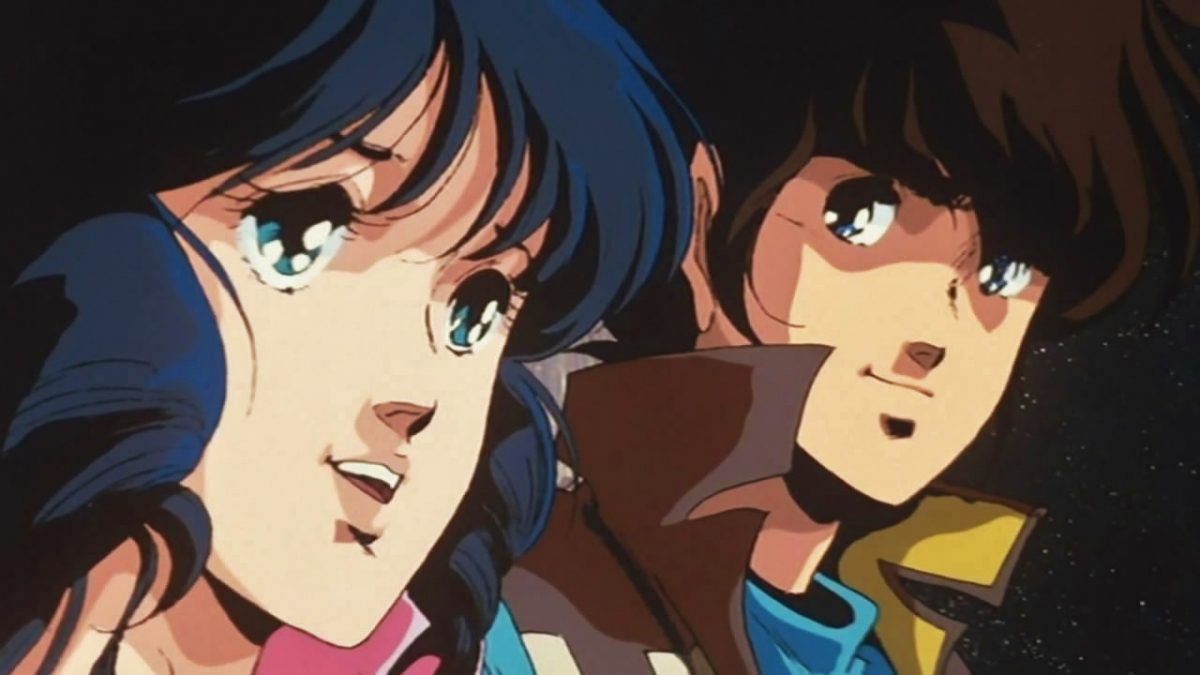
The 80s was the decade when anime became a mainstream industry, with the popularity of Urusei Yatsura, Super Dimensional Fortress Macross, Dragon Ball, and other shows. As I’ve written before, pretty much every child in Japan is a “proto-otaku” while growing up, watching anime and reading manga avidly. As the pressures of life start to kick in around junior high school, they must make a choice as to whether they’ll “grow up” and become a career-focused adult, or maintain an interest in otaku culture going forward.
The 80s were visually bold, with hand-painted cels and a high level of attention to the shadows that fall on the face — there were almost always three pigments used on a face, no more, no less — as well as meticulous attention to the eyes. With some exceptions — Nausicaa of the Valley of the Wind, Oscar from Rose of Versailles — it’s hard to find a truly strong and complex female character from an era when most shows were about males wanting to pilot giant robots.
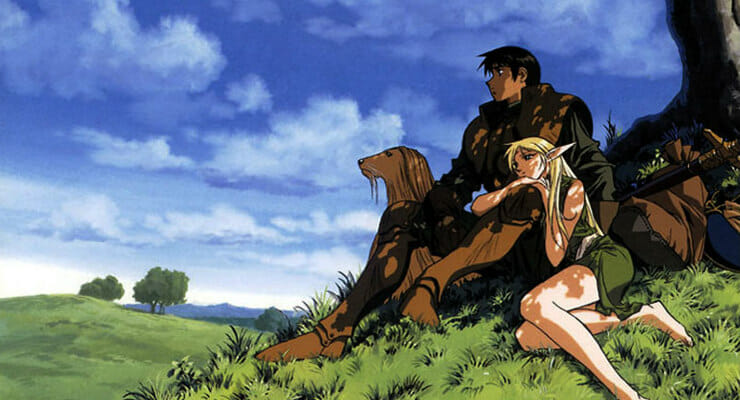
Changes in Anime Characters in the 90s
What anime officially started the 90s for you? For me, it’d be a toss-up between Hideki Anno’s Fushigi no Umi no Nadia or the awesome Record of Lodoss War, the anime that first introduced Western-style fantasy themes to anime.
The 90s saw anime continue to grow as an industry, attaining massive success around the world as licensing took off and studios could make many times their animation budgets reselling series out to all the countries of the world.
Many innovations happened in the 90s, including adding characters and story elements that both male and female audiences could enjoy on equal footing (Sailor Moon, Gundam Wing, Evangelion). A lot of the tropes we take for granted now, from twin-tail hair to tsundere girls who hide their emotions behind the violence to characters with “alternate sexuality,” became commonplace during this era.
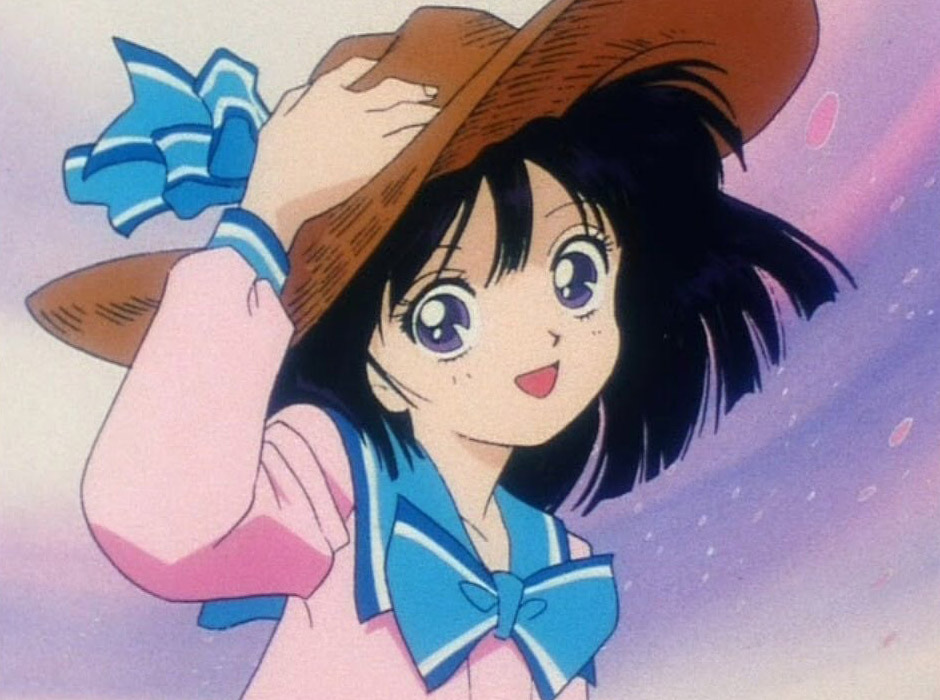
Visually anime creators abandoned the bizarre facial shadows and other details that defined the 80s and created a more varied look across the various types of shows. The 90s also saw the beginnings of moé — characters designed to be so cute, they cause (mostly male) viewers to experience feelings of love and protectiveness. The term is attributed to the extreme cuteness of Tomoe Hotaru (Sailor Saturn), though the “characters so cute you can’t resist buying” go back to the days of ZZ Gundam at least.
Moving Into the 2000s
I’d say the “modern” decade of the 2000s was defined by three factors: the end of hand-painted cells in favor of digitally colored frames, which happened by the year 2000; the rise of anime based on light novels rather than manga comics; and the bursting of the international anime licensing bubble in 2006.
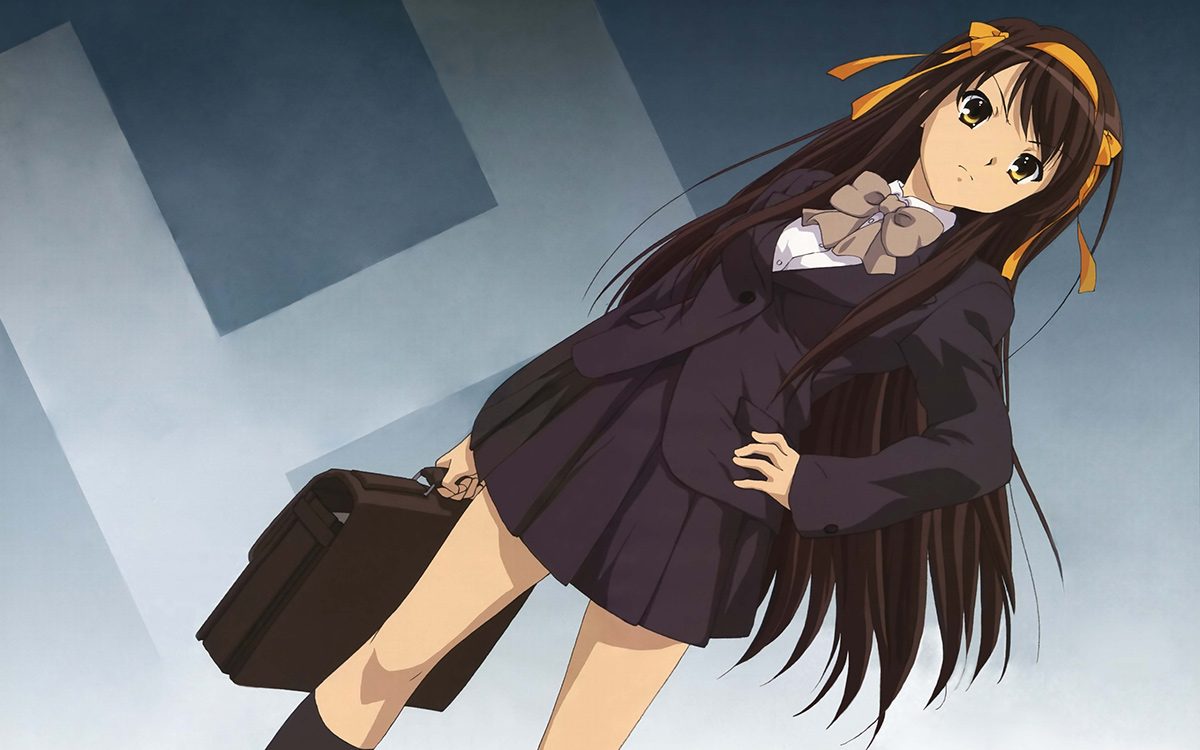
The first change meant that the style of anime shifted slightly as 100% digital coloring was introduced into animation, which explains why the old guy at your local anime convention hasn’t gotten in any new stock of animation cels in the last 20 years. The big shift to stories based on light novels, which took the lead in this decade, meant a much higher level of complexity and quality in the stories and characters anime showed us. And the 2006 bursting of the anime bubble (when Music Land, Suncoast Video and Newtype USA all failed) caused anime studios to come up with new ways to sell to existing fans, which is where all the “My Sister’s Panties Are All I Need” ecchi genres came from.
How Were Anime Characters in the 2010s?
This is a harder question to answer. Other than the fixing of the “anime season” system, with anime series either being 1-cour (12 episodes) or 2-cour (24 episodes), it’s hard to come up up with themes that define this decade when we look back someday. Some candidates might include the following:
- standardization of genres, allowing us to immediately identify whether a show is isekai, slice-of-life, cute-girls-doing-cute-things, idol, or whatever, very quickly
- some interesting “post-modern” series that turned established genres on their heads (like Madoka Magica)
- attempts by studios to get fans to accept more CGI than they were usually on board with
How did anime characters change visually in the past decade? Again, it’s hard to think of any specific themes, other than that character designers got really good at pushing the emotional buttons of most of us fans, as we saw during Rem’s confession scene in Re:Zero. I’m sure after another decade we’ll be able to look back at the decade of the 2010s with more hindsight and judge things better.
Got any thoughts about which era of anime characters was the best? Which are your favorite anime eras and why? Give us your thoughts on Twitter!
You look like a fan of culture who could use some rare and delightful Japanese snacks, and happily, J-List has some great new offerings on the site for you, from matcha chocolates to amazing variations on classic potato chips. Browse and buy here!


